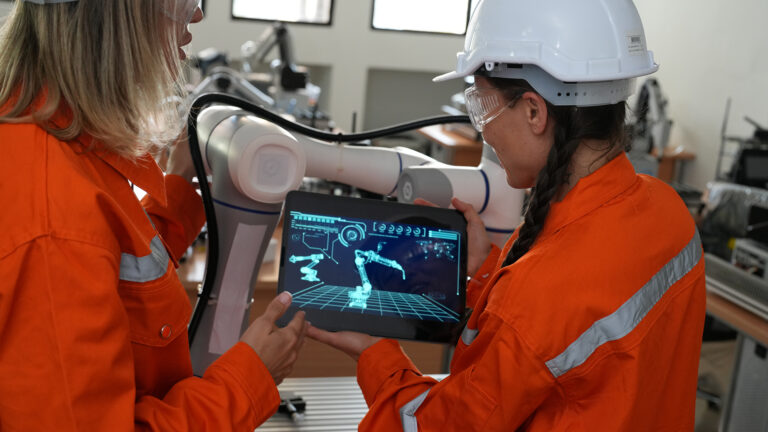One of the most prominent trends in urban development is the promotion of buildings that minimize their impact on the environment. This approach involves the adoption of sustainable practices and technologies in city planning and the construction of buildings and infrastructure, with the aim of conserving natural resources, reducing greenhouse gas emissions, and improving the quality of life of urban dwellers. This trend reflects the growing commitment at both the governmental and organizational levels to sustainability and environmental protection.
Goal 9 of the United Nations Sustainable Development Goals (SDGs), agreed in September 2015 by world leaders as part of the 2030 Agenda on Sustainable Development, aims to "build resilient infrastructure, promote sustainable industrialization and foster innovation." Its first goal consists of: "Modernize infrastructure and reshape industries to make them sustainable, using resources more efficiently and promoting the adoption of clean and environmentally sound technologies and industrial processes."
Focusing on energy-efficient buildings contributes to the achievement of this goal, as well as SDG 11, which seeks to "make cities more inclusive, safe, resilient and sustainable".
What are the main characteristics of a sustainable building?
- Energy efficiency: means using technologies and designs that minimize energy consumption, such as efficient lighting and air conditioning systems, to minimize the building's carbon footprint.
- Use of renewable energy: involves incorporating clean and renewable energy sources, such as solar panels or wind turbines, to generate electricity in a sustainable manner and reduce dependence on fossil fuels.
- Sustainable materials: use building materials that minimize the degradation of natural resources and reduce environmental impact.
- Passive design: it is about designing structures and spaces whose environmental conditioning uses natural procedures. That is, it takes full advantage of natural light, cross ventilation and proper orientation to reduce the need for artificial lighting and heating.
- Water management: includes rainwater collection and reuse systems, as well as low water consumption technologies in bathrooms and kitchens, in order to conserve this vital resource.
- Indoor air quality: relates to the implementation of high-efficiency ventilation systems and the use of non-toxic building materials to improve indoor air quality and promote occupant health.
When a building meets the qualities required to be considered sustainable, it can receive LEED ( Leadership in Energy and Environmental Design) certification.
This certification was developed by the U.S. Sustainable Building Council in 1993 and attests that a building has been developed in accordance with eco-efficiency criteria and meets the standards necessary to be considered a sustainable building.
Reducing the environmental impact of cabling
Cables are ubiquitous and essential elements in all industrial sectors. They play a crucial role in the transmission of communications and energy, connecting different areas of installations and linking machines. This omnipresence comes at an environmental price, as, over time, these cables become industrial waste.
These elements usually have a conductive core, responsible for transmitting electricity and information, often composed of valuable materials such as copper, aluminum and other metals, which, if properly recycled, can reduce the need to exploit natural resources. The recycling of electrical cables also helps to minimize the carbon footprint, since the production of new cables from virgin raw materials involves a high energy demand.
Green solutions from Furukawa, a Japanese company with 139 years of experience in the technology field, are an excellent example of how these environmental challenges can be addressed. These solutions focus on protecting life and reducing environmental impact.
These are Cat 6 and Cat 6A cables and patch cords made of green polyethylene and Laserway (GPON) solutions for optical networks. Both solutions help to reduce plastic, energy and space consumption. The benefits are concrete: energy savings of up to 70%, 87% reduction in plastic consumption and the ability to be fully recyclable.
Another advantage of Green solutions includes the use of LSZH-3 (Low Smoke Zero Halogen) materials, specially developed to minimize risks in case of fire, which means less smoke and zero toxic gas emissions. This not only reduces health damage in the event of such an event, but also contributes to LEED scoring potential in categories such as energy and atmosphere and innovation.
Since 2007, Furukawa has embraced the Mottainai philosophy, which highlights its commitment to the environment. Mottainai incorporates concepts such as reduce, reuse, recycle, repair and rethink. In this context, Furukawa works on the development of new solutions that address current and future environmental demands, as well as assumes responsibility for the proper management of cables that have completed their life cycle. With its Green IT program, the company seeks to facilitate the process of discarding and replacing copper cables from previous generations with more sustainable products.



